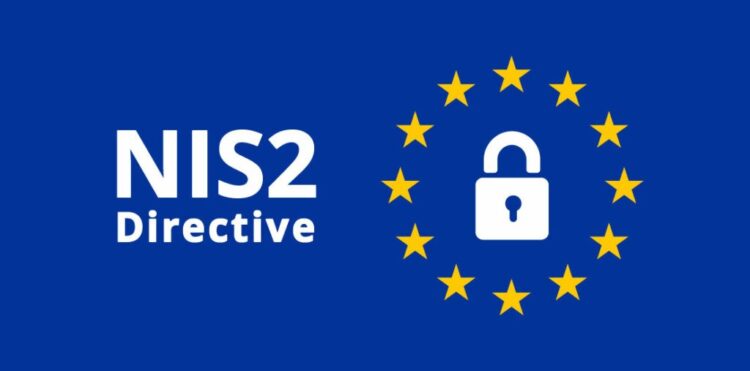Alcatel-Lucent Enterprise (ALE) has upgraded the cybersecurity components of its OmniPCX Enterprise Purple solution, aligning with the newly implemented NIS 2 Directive aimed at bolstering cybersecurity across the European Union. Effective November 2024, NIS 2 mandates critical infrastructure and essential service operators to adopt stringent security measures and report incidents to authorities, reshaping the cybersecurity landscape for both public and private sectors.
Vincent Lomba, ALE's chief technology security officer, emphasised the urgency of robust cybersecurity, stating, “Organisations today face a heightened threat of cyber-attack... securing all data flows through encryption technology has become essential.” The NIS 2 Directive complements existing regulations like GDPR to create a comprehensive framework for data security in the EU.
With projections from Forrester anticipating cybercrime costs to soar to $12 trillion by 2025, the enhanced OmniPCX solution includes built-in native encryption for secure communications over private and public networks. This upgrade extends protection to ALE SIP phones, ensuring that conversations remain confidential and secure.
Key features of the updated OmniPCX Enterprise Purple include:
- Secure connectivity: Enhanced security for on-premises ALE systems and cloud infrastructure through mutual authentication and encryption.
- Seamless communication: Integration of various technologies to connect hybrid workers and maintain communication quality.
- High availability: Robust architectures ensuring 99.999% uptime and protection against denial of service attacks.
- Data privacy: Role-based access control and data encryption to safeguard sensitive information.
- Confidentiality: Strong encryption mechanisms that maintain voice quality while protecting communications.
Tee Jyh Chong, vice president of Sales and Services for Asia-Pacific (APAC) at ALE noted organisations in APAC that form part of the supply chain for EU-based businesses must take proactive steps to ensure compliance with these new cybersecurity obligations and set up robust incident reporting mechanisms.



